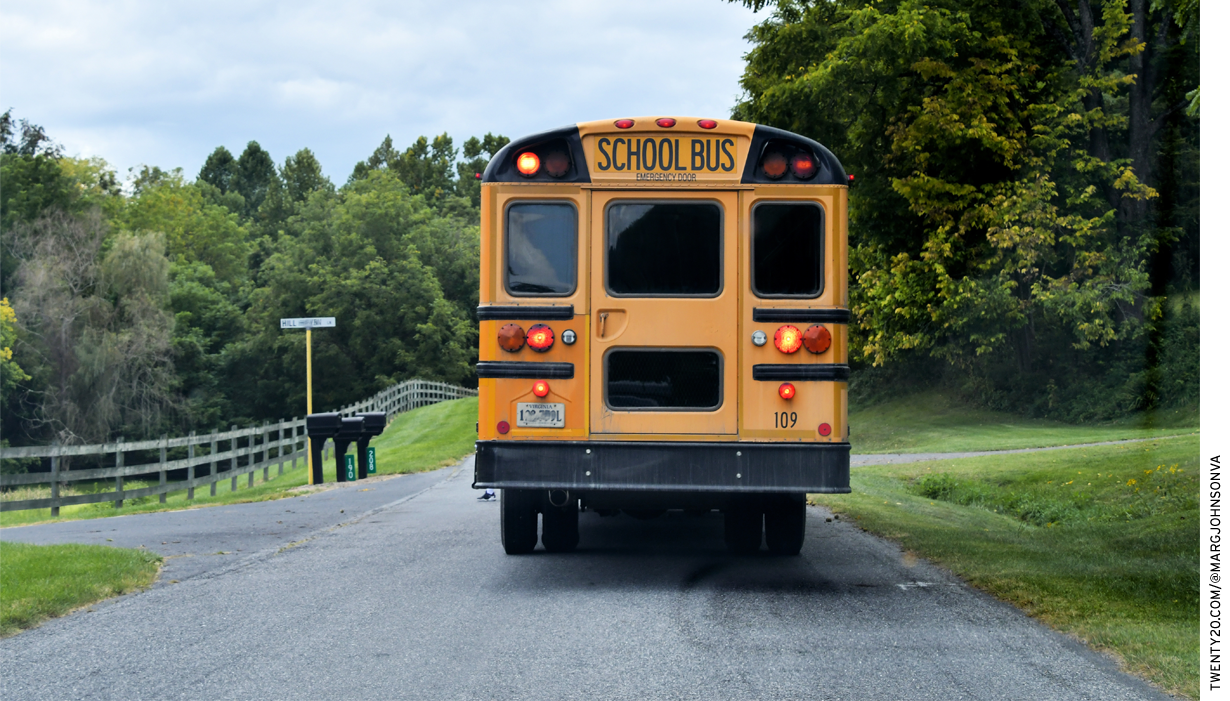
A few weeks back I penned an essay for the American Mind in which I offered a few thoughts on education and the future of post-Trump Republicanism. In it, I observed that school choice is a trickier issue for Republicans than many realize, because it leaves many small town denizens and suburbanites cold:
Locally, high school teams are sources of pride and anchors of routine. Geographic school communities can make it easier for children to make friends who live nearby and for parents to know their neighbors. What school choice advocates see as an attack on bureaucracy and the administrative state . . . is experienced in many . . . locales as an attack on their community and the educators they like.
If this is true, and I think it is, one inevitably asks what a rural school improvement agenda should look like. That’s a place where both Republicans and Democrats have floundered in recent years. That’s what helps to make so provocative a response to my piece from UPenn’s Adam Kirk Edgerton. Adam, a 2019 National Academy of Education Dissertation Fellow, sent this along in response to my American Mind musings, and I thought it worth sharing:
I’ve grown weary of urban solutions to rural problems. Within the field of education policy, many reforms—such as charter schools, vouchers, and increased accountability—have sought to reform a public education system perceived to be antiquated and resistant to change. But, even if choice-based solutions are well-designed for improving urban schooling, they’re bad bets for improving rural schools because these reforms depend upon having enough students, teachers, and schools to form a marketplace of ideas. Meanwhile, accountability reforms depend upon quantification, which devalues the type of home-grown evidence of teacher quality that thrives in tight-knit communities.
Who actually designed these choice and accountability policies in the first place? The architects and implementers of these policies have lived, by and large, in major cities, where think tanks, state governments, and research universities are typically located. Small rural districts are meant to either mimic these urban policies or, at best, fade quietly into the background.
This lack of representation at the policy table has yielded urban-centric, choice-centric solutions, which too often fail to suit the thousands of rural school districts that are expected to adopt ill-fitting policies. It doesn’t have to be this way. I’ve been privileged to study rural districts in several states, and I’m a product of rural America.
Given that, here are five reforms that would introduce real choice into rural America—not just school choice, which seems all but irrelevant in sparsely populated areas. The reforms below incorporate the needs of rural families, teachers, and districts alike.
First, offer teachers choices on how to meet their own professional development (PD) needs. We know from a large body of research—and common sense—that the old one-day workshop, all-staff PD doesn’t do much of anything. But most small districts don’t have the capacity to offer much more. What we need instead is funding at the state and federal levels that allows teachers to select their own PD. This new system would give teachers real agency over their professional development, and it would keep teachers from having to sit through yet another boring lecture.
Second, offer families extracurricular and enrichment choices. This reform would mean adequately funding sports, drama, and music programs. Lower-income families should be able to experience the same opportunities that wealthier families have. There’s nothing extra about a well-rounded education, and it should be a state guarantee. Kansas, while known for legal challenges related to its chronic underfunding of schools, is one state that does have a standardized application process for districts to fund their extracurriculars.
Third, offer schools quality curricular choices. States like Louisiana have convened teacher-led committees to vet curricula, which prevents small districts from having to create their own whole-cloth. I’ve been through the curriculum creation process as a first-year teacher, and it is as bewildering as it is unnecessary.
Fourth, give small rural districts a choice to consolidate. Many have rightly called for districts with declining enrollments to consolidate, but this solution typically comes with heavy-handed state mandates. Create a grant competition instead, where two or more districts can come together and receive resources to facilitate this difficult process.
Finally, give teachers a choice about whether to unionize. The recent Janus Supreme Court decision gives teachers the right to opt out of their local union. But teachers across seven states—Virginia, North Carolina, South Carolina, Georgia, Mississippi, Texas, and Arizona—have never had the opportunity to unionize because of state bans on collective bargaining. These bans disproportionately affect some of the most rural states, like Mississippi, where teacher pay is at the bottom of national rankings. Unions may help these teachers secure pay increases, and quality-of-life improvements could help retain and attract teachers to rural districts. In any event, if educators should be free to choose whether to not join a union, teachers in all states should also have the choice to join one.
These reforms won’t be easy to do or to sustain. But they would improve schooling for rural families and educators. They’re meant to be less ideological than practical. And they could yield a level of respect for rural America that is sorely lacking in our current discourse.
Wherever you come down on the specifics, this is the kind of thinking that can help us tackle stubborn challenges and inch our way toward new, constructive coalitions. Now, some of what Adam shares strikes me as compelling. Other elements I find less convincing. Regardless, I think this is the kind of thinking which holds out the prospect of getting us into a discussion of the kinds of reforms that may hold promise for different communities with different dynamics, geographies, and challenges.
Frederick Hess is director of education policy studies at AEI and an executive editor at Education Next.
This post originally appeared on Rick Hess Straight Up.


